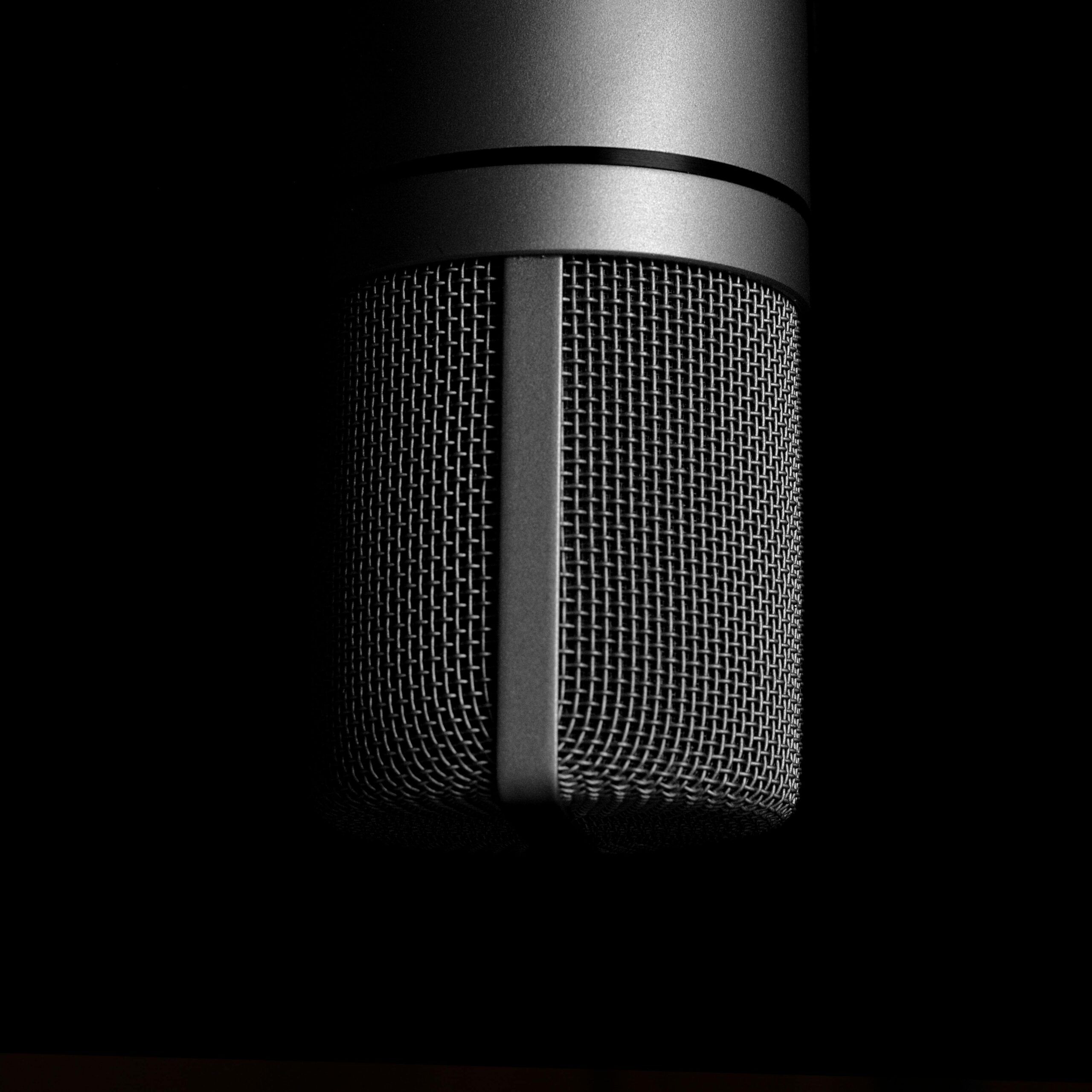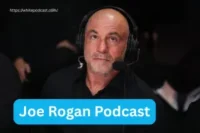The Best Podcast Equipment for 2025
Published: 17 Oct 2024
Podcasting has exploded in popularity, and starting your own podcast has never been easier. However, choosing the right equipment’s
can make the difference between sounding professional or amateurish. Whether you’re recording solo or with a co-host, having the right tools ensures your podcast sounds clear and polished. In this guide, we’ll break down the essential equipment you need to start podcasting and some optional gear to elevate your sound quality.
Introduction to Podcasting Equipment

Podcasting has exploded in popularity, with millions of podcasts available on various platforms. Whether you’re starting a podcast as a hobby or looking to build a professional brand, understanding the equipment you’ll need is crucial. The right tools can significantly enhance your audio quality and overall production value, making your podcast more enjoyable for listeners.
Why the Right Equipment Matters
The importance of using the right podcasting equipment cannot be overstated. Poor audio quality can detract from your message, causing listeners to tune out. Investing in good equipment ensures that your content is presented in the best light, allowing your voice to shine through clearly. What Equipment Do I Need for a Podcast? A Complete Guide Additionally, quality equipment can help you avoid common pitfalls such as background noise and technical issues, which can disrupt your recording sessions.what’s needs for successful podcast & best ideas of podcast
Overview of Essential Podcasting Needs
Before diving into the specifics, let’s cover the essential podcasting equipment. At a minimum, you’ll need a good microphone, headphones, an audio interface, and possibly a mixer. Each of these elements plays a vital role in capturing high-quality sound and ensuring a smooth recording process
Audio Interfaces and Mixers
Audio interfaces serve as the bridge between your microphone and your computer, converting analog signals into digital audio that can be recorded. If you’re using an XLR microphone, an audio interface is essential
Mixers, on the other hand, allow for more control over audio levels and inputs, making them ideal for podcasts that feature multiple hosts or guest interviews. While a mixer is not strictly necessary for all podcasters, it can enhance your ability to manage audio sources in real-time
Additional Gear for Professional Sound
To elevate your podcast’s sound quality further, consider investing in additional gear
best podcast equipment’s for 2025
- Microphone (Dynamic/Condenser
- Audio Interface
- Headphones (Closed-Back)
- Pop Filter
- Microphone Boom Arm/Stand
- Portable Digital Recorder
- Acoustic Treatment Panels
- Mixer (Optional but useful for advanced setups)
- Computer/Laptop
- Editing Software (e.g., Audacity, Adobe Audition)
- Shock Mount for Microphone
- Microphone Windscreen
- Portable Soundproof Enclosure (for travel recording)
- Soundproofing Blankets (for temporary soundproofing)
- XLR Cables (if using an XLR mic setup)
Headphones
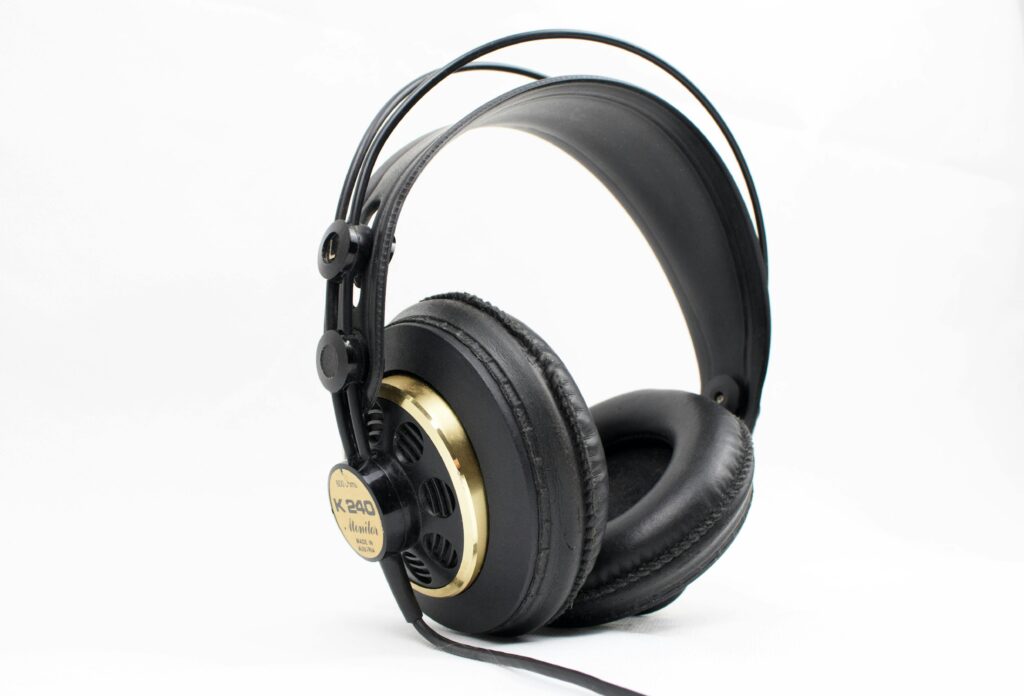
A good pair of headphones is critical for monitoring your recordings. They allow you to hear exactly what’s being captured, helping you identify and correct issues such as background noise or uneven sound levels
Closed-back headphones are recommended, as they provide isolation and prevent sound leakage
the wave podcasting
Pop Filters and Windscreens

Pop filters and windscreens help eliminate unwanted noises during recording, particularly plosive sounds from letters like “p” and “b” What Equipment Do I Need for a Podcast? A Complete Guide
A pop filter is a simple mesh screen that attaches to your microphone, while a windscreen is a foam cover that fits over the mic. Both are relatively inexpensive but can significantly improve audio clarity.
Setting Up Your Podcast Studio
Your recording environment plays a crucial role in the quality of your podcast. Here’s how to optimize it.
Acoustic Treatment
Acoustic treatment helps control sound quality by reducing echo and reverb in your recording space. This can involve using acoustic panels, carpets, or even heavy curtains to absorb sound
The goal is to create a space that minimizes distractions and allows for clear audio capture .What Equipment Do I Need for a Podcast? A Complete Guide
Positioning Your Equipment
Proper equipment positioning is also vital for achieving the best sound quality. Ensure that your microphone is positioned at the right height and distance from your mouth. Using a boom arm or adjustable stand can help you achieve the ideal setup, allowing for comfort and ease of use during recording sessions
Recording and Editing Software
Once you have your equipment set up, you’ll need the right software to capture and edit your podcast.
Digital Audio Workstations (DAWs)
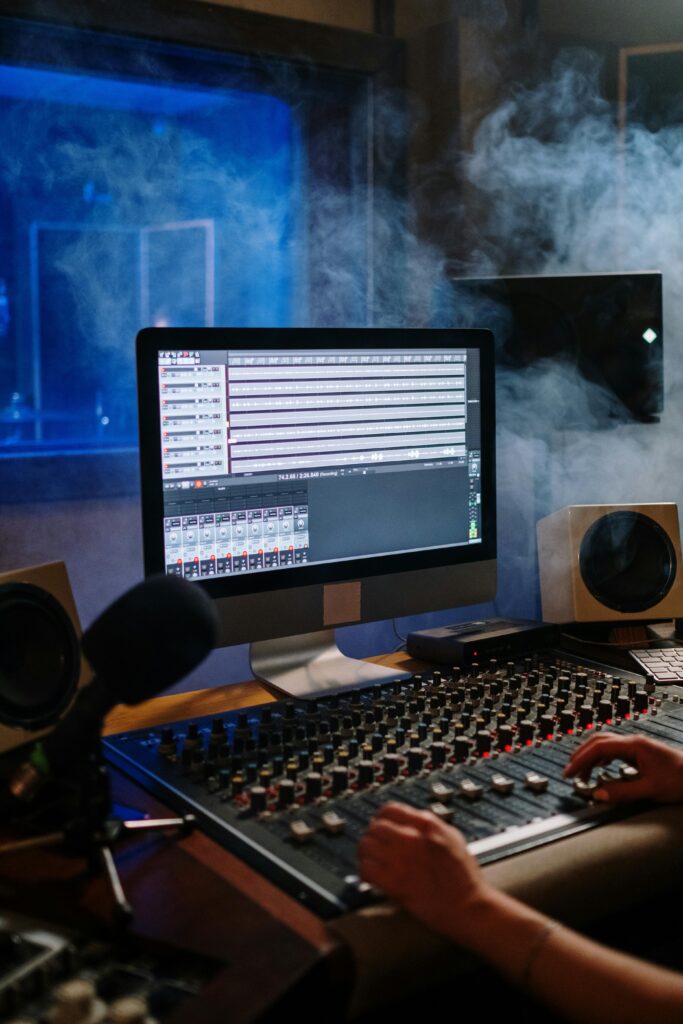
Digital Audio Workstations (DAWs) are software applications that allow you to record, edit, and produce your podcast. There are many options available, ranging from free to paid software. Some popular DAWs for podcasters include:
Audacity:
A free, open-source software that is beginner-friendly and offers essential editing features
Podcast
GarageBand:
Ideal for Mac users, Garage Band is also free and offers a user-friendly interface
Adobe Audition:
A more advanced option, Adobe Audition comes with a monthly subscription and offers powerful features for seasoned podcasters
Choosing the right DAW depends on your experience level and the specific needs of your podcast. What Equipment Do I Need for a Podcast? A Complete Guide
Podcast Insights:
Offers comprehensive guides on podcast equipment and setup.
The Podcast Host :
What Equipment Do I Need for a Podcast? A Complete Guide Provides valuable tips and equipment recommendations for all levels of podcasters.
PC Mag:
Reviews and compares the best podcasting gear available on the market
These resources will help you refine your podcasting skills and enhance your production quality as you embark on your podcasting journey. What Equipment Do I Need for a Podcast? A Complete Guide
Here are eight advantages of using the keyword
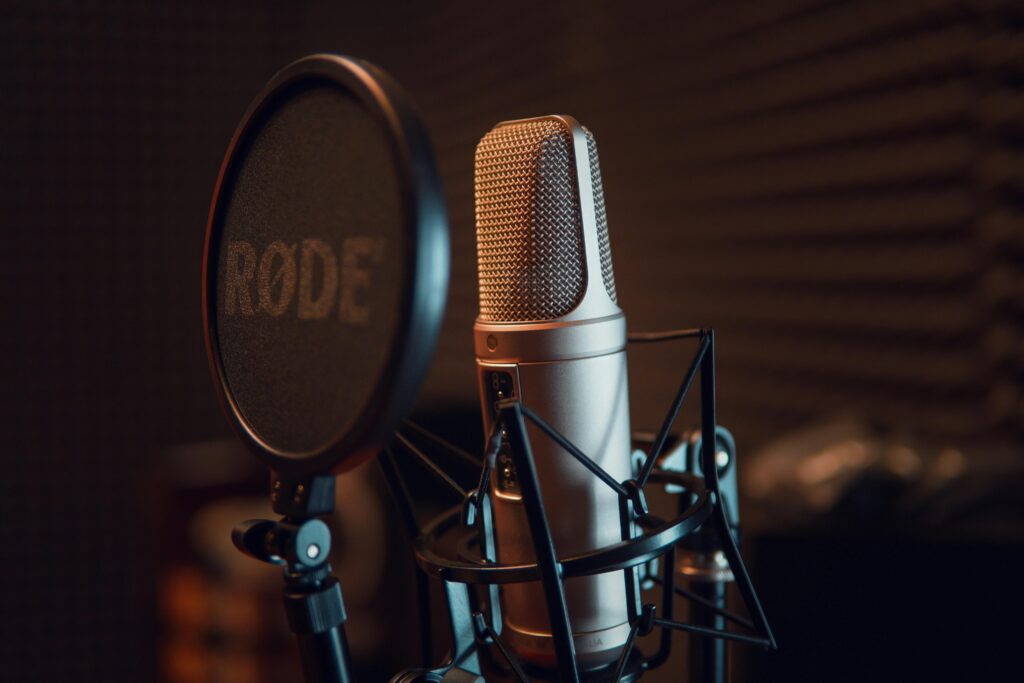
Audience Relevance:
This keyword directly addresses a common question among aspiring podcasters, ensuring your content resonates with your target audience
Increased Search Visibility:
Optimizing your content for this keyword can enhance your SEO strategy, helping you rank higher in search engine results and attract more organic traffic
Content Versatility:
The keyword opens avenues for creating various content formats, including articles, how-to guides, videos, and infographics, catering to different learning preferences
Establishing Expertise:
Providing detailed and accurate information on podcasting equipment positions you as an authority in the field, fostering trust and credibility with your audience
Engagement Opportunities:
By addressing common pain points related to podcasting equipment, you can engage your audience more effectively, encouraging comments, shares, and discussions
Affiliate Marketing Potential:
The keyword lends itself to affiliate marketing opportunities, allowing you to monetize your content by linking to equipment recommendations and earning commissions on sales
Social Media Sharing:
Content optimized around this keyword is likely to be shared on social media platforms, increasing your reach and attracting more followers interested in podcasting
Timeliness and Trends:
With the growing popularity of podcasting, this keyword remains relevant, allowing you to tap into current trends and conversations within the podcasting community
What Equipment Do I Need for a Podcast? A Complete Guide
Do I need an audio interface or mixer for podcasting?
An audio interface or mixer is not strictly necessary for all podcasters, but it can enhance your setup significantly. An audio interface is essential if you’re using XLR microphones, as it converts analog signals to digital for recording on your computer. This device allows you to manage multiple audio inputs, ensuring better sound quality
What type of microphone is best for podcasting?
When it comes to microphones, the choice often depends on your recording style and environment. USB microphones are great for beginners due to their ease of use and plug-and-play functionality. Popular options include the Blue Yeti and the Audio-Technica ATR2100x-USB. For those looking for higher quality and flexibility, XLR microphones, such as the Shure SM7B or Rode NT1, require an audio interface or mixer but offer superior sound quality. Dynamic microphones are generally preferred for podcasting because they pick up less background noise compared to condenser mics
Proudly powered by WordPress

- Be Respectful
- Stay Relevant
- Stay Positive
- True Feedback
- Encourage Discussion
- Avoid Spamming
- No Fake News
- Don't Copy-Paste
- No Personal Attacks

- Be Respectful
- Stay Relevant
- Stay Positive
- True Feedback
- Encourage Discussion
- Avoid Spamming
- No Fake News
- Don't Copy-Paste
- No Personal Attacks
